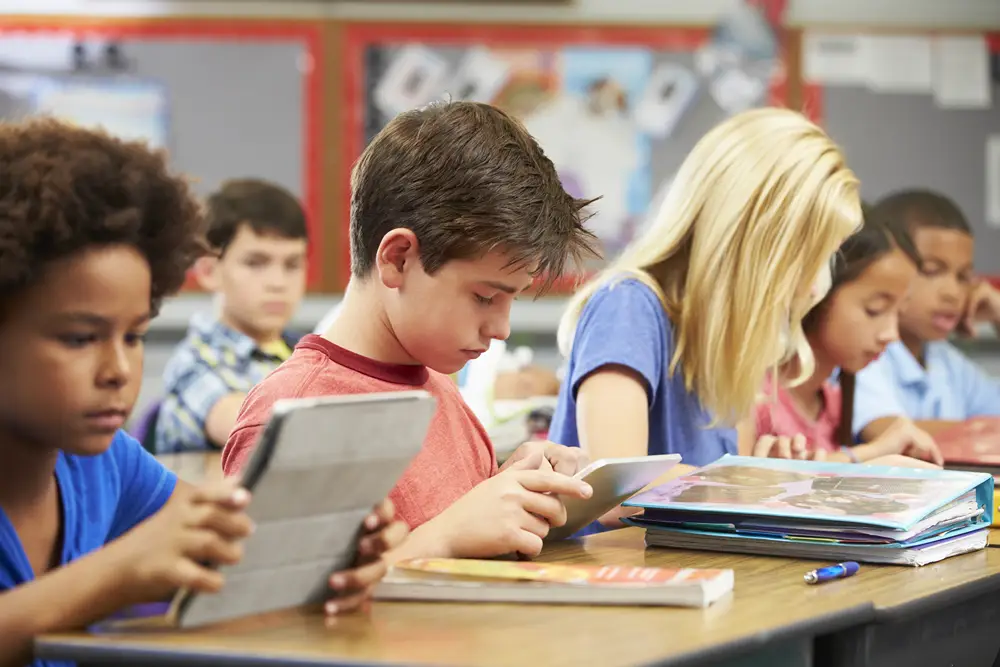Teaching Your Kids About Responsible Consumerism
We live in an age of information. Knowledge is accessible through the internet and it can help inform everything from our life paths to our shopping habits. The availability of this information means that we have the power to be responsible consumers. It also means we have the responsibility to teach our children about what it means to be a responsible consumer.
In a world that often places more value on profits than people, teaching responsible consumerism is about improving outcomes for communities across the globe. You can better achieve this by demonstrating the definition of value, using gratitude to teach sustainability, and taking every opportunity to show children what responsible consumerism looks like.
Here, we’ll explore how you can go about teaching your kids responsibility in the marketplace in a relevant and age-appropriate way.
Help Your Kids Learn Value
Understanding what it means to be a responsible consumer requires first having some understanding of value. Though most abstract concepts will be difficult for younger children to grasp, value is a good place to start. This is because children as young as three can begin to understand basic monetary concepts, and by seven, kids develop many life-long shopping habits.
This is why teaching responsible consumerism to your kids from a young age is particularly important. By educating them on the value of a dollar, you encourage behaviors that could last them their whole lives and teach them to better appreciate what they have.
This can be best achieved by using physical cash when you go shopping with your little ones. Talk them through your budget and grocery list. Even consider allowing them to pick out a toy with a budgeted amount they hold onto. As they grow older, paying for the things they want with money they have earned will attribute real value to their possessions.
As kids gain this experience managing money and learning value, they’ll be able to understand how far a budget can take them and learn to make immediate sacrifices for longer-term gains. They’ll understand their own possessions and moments not just in terms of monetary value but in the value they impart through pleasant memories and feelings.
For example, buying a toy can be fun, but saving for an amusement park trip can build life-long memories. It’s teaching saving habits and delayed satisfaction through examples like this that can then translate to responsible behaviors later on. Investing in real estate, for instance, represents a similar situation in which the cost may seem high in the present but the benefits come later through tangible assets and predictable cash flow.
Prepare your children for responsible financial decisions in the future by teaching them the true meaning of value. They’ll likely learn patience and gratitude in the process.
Teach Sustainability Through Gratitude
Part of teaching value and responsibility will be instilling in your children a sense of gratitude for all that they already have. Real estate serves again as a great example to demonstrate this.
It can be difficult for a comfortably housed child to know what it means for others to struggle. Yet, being aware of others in the socio-economic spectrum who are less fortunate is a key element of being a responsible consumer. Take little moments to educate your children about the injustices of the economy, how even for some folks who try their hardest, things might not be working out in their favor.
Then, set an example by donating to a homeless shelter or similar nonprofit while engaging your child in the process. Show them the difference you can make by being conscious with your money and what it means for others. Money may not buy happiness, but it certainly improves the quality of life up to a point.
Children need to understand that products, services, and money all have value, value that can extend far beyond the product itself. In fact, marketing companies are now eager to prove to customers that there is value inherent in what they have to offer as a means to instill urgency in customers and stand out to investors. Lately, this has included sustainability claims and promotional material.
As many as 66% of respondents in a retail survey said they considered sustainability in their purchases. This shows that people value more than just the product itself. You can showcase the sustainable values of responsible consumerism by drawing attention to the value beyond the value.
For example, many children use video games to cope with anxiety. Your kids may place value in video games for similar reasons. Explain how a $60 video game purchase may be worth it to them because of this value extension and how the same might be true of sustainable products and services.
Take Every Opportunity to Educate
It will be difficult to impart a sense of responsible and sustainable consumerism in children without showing them real-world examples of what you mean. Fortunately, there are a lot of great opportunities you can make the most of when giving your child a financial education.
These opportunities include:
- At the store
- At the bank
- When making a big financial move, like moving into a new home
Now, this doesn’t mean you need to burden your child with financial concerns. Instead, engaging your child in the process should only happen if it can be a stress-free demonstration of how money works in the real world. This could look like the in-store example mentioned previously or talking your child through digital citizenship and commerce when browsing Amazon.
There are innumerable factors involved in being a responsible consumer in the modern era of global and digital trade. Taking the time to point out these factors and talk through them with your child can be enough to establish a consumer conscience. From here, teaching responsible consumerism comes down to encouraging and exemplifying good financial behavior.
Being informed and responsible while shopping isn’t always easy. Give your children an advantage in life by taking time out to teach them what responsible consumerism looks like. These tips can help.




